California suffers from a serious case of mistaken identity. Thanks to decades of movies, TV shows, and social media posts, the rest of the world thinks they know exactly what life is like in the Golden State—and they’re usually completely wrong.
Real Californians spend a lot of time rolling their eyes at misconceptions that range from mildly annoying to downright ridiculous. Here is a list of 20 persistent myths that locals desperately want to set straight once and for all.
Everyone Lives in Hollywood or Silicon Valley
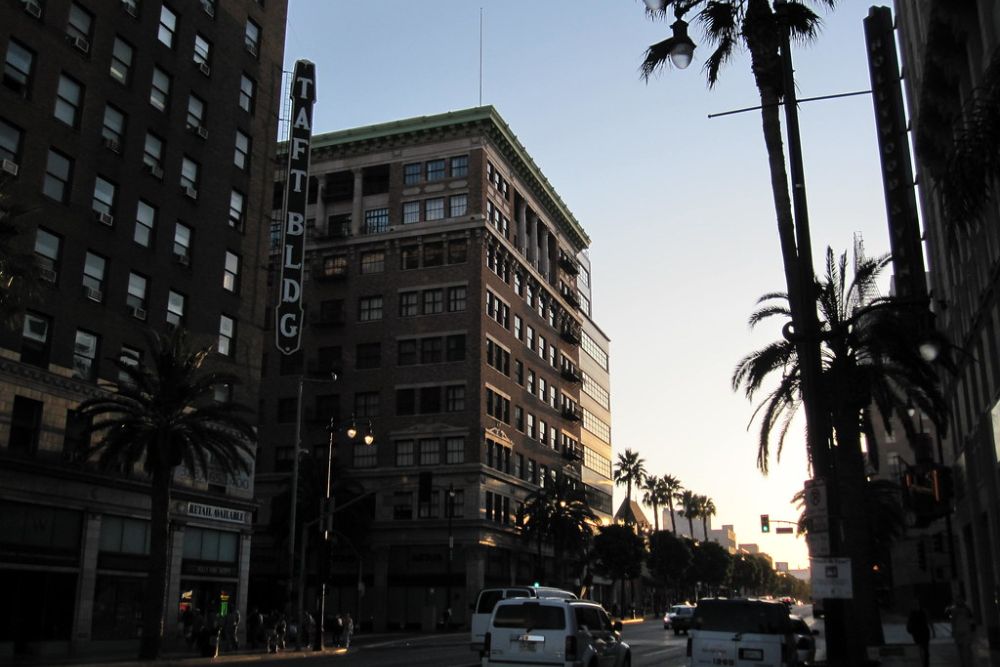
Most Californians have never worked for a tech company or bumped into a celebrity at Starbucks. The state stretches 900 miles from north to south, with farming communities, mountain towns, and desert cities that feel nothing like the glamorous images on screen.
Places like Fresno, Bakersfield, and Redding represent the real California experience for millions of residents who’ve never set foot in a recording studio or startup office.
It Never Rains
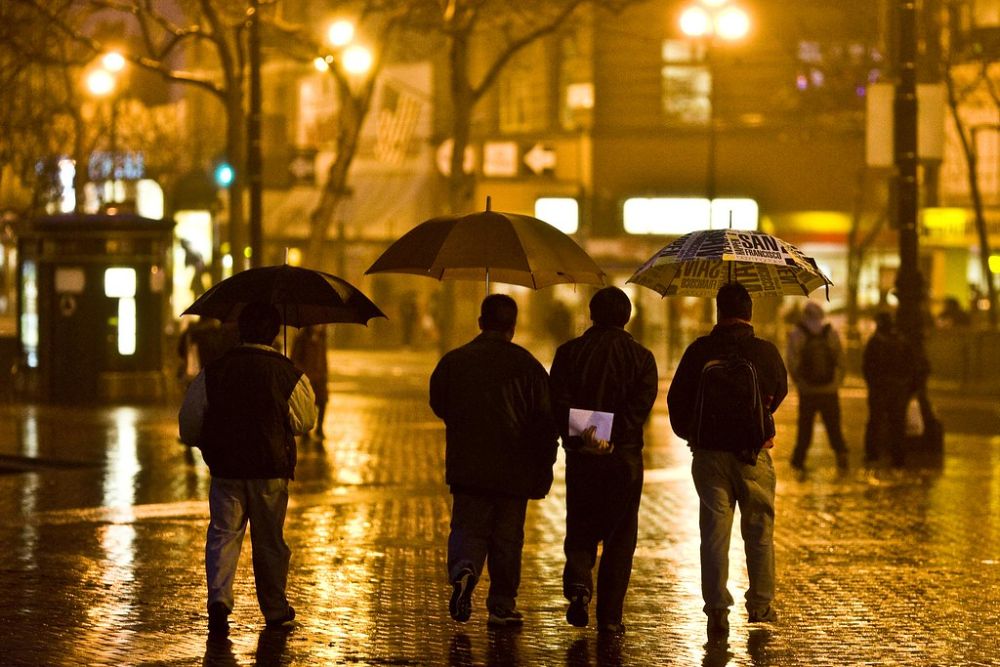
California gets plenty of rain—it just all shows up during specific months instead of spreading out year-round like other places. The Central Valley receives enough precipitation to grow food for the entire country, while Northern California can feel downright soggy from November through March.
Even Southern California experiences real storms that flood freeways and turn the mountains white with snow.
Like Travel Pug’s content? Follow us on MSN.
Everything Costs a Fortune
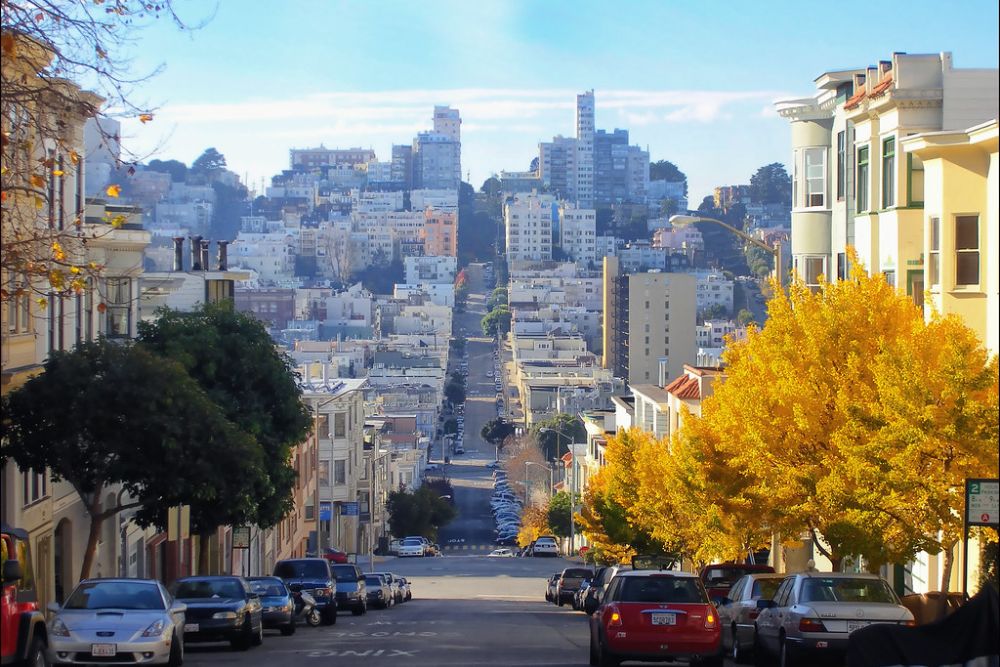
Housing prices in San Francisco and parts of Los Angeles grab headlines, but plenty of California remains surprisingly affordable. Cities like Sacramento, Fresno, and Stockton offer home prices that won’t require selling a kidney, while rural areas can feel downright cheap compared to major East Coast cities.
The trick is looking beyond the coastal hotspots that dominate real estate horror stories.
Everyone Surfs and Goes to the Beach
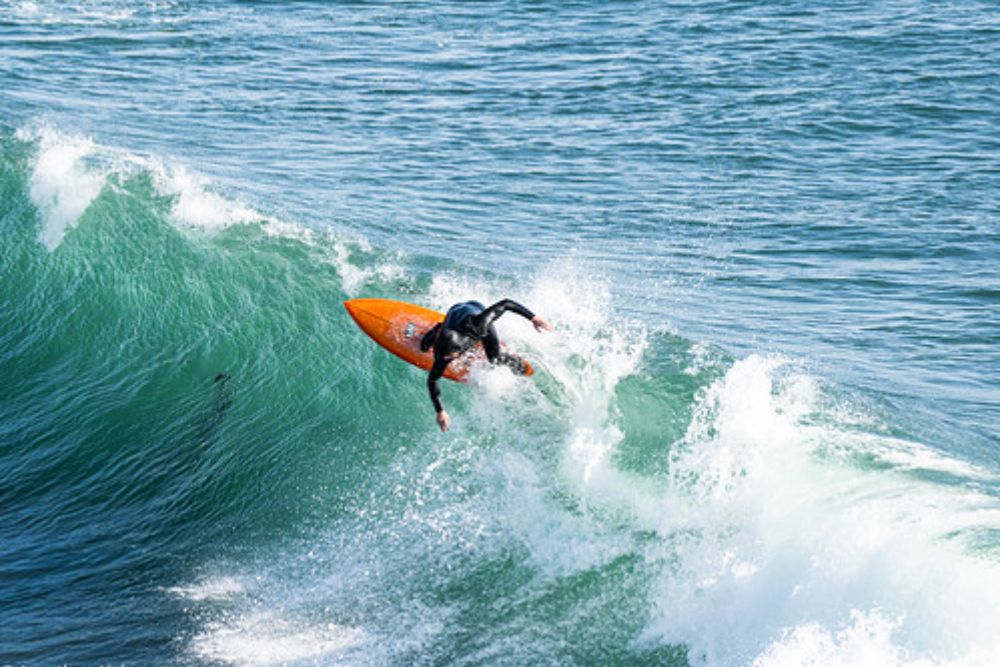
Millions of Californians live hours away from the ocean and couldn’t tell a surfboard from a paddleboard if their lives depended on it. The Central Valley, mountain regions, and desert areas contain entire communities where people consider a trip to the coast a special vacation rather than a casual weekend activity.
Some lifelong residents visit the beach less often than tourists from Iowa.
The Whole State Votes the Same Way
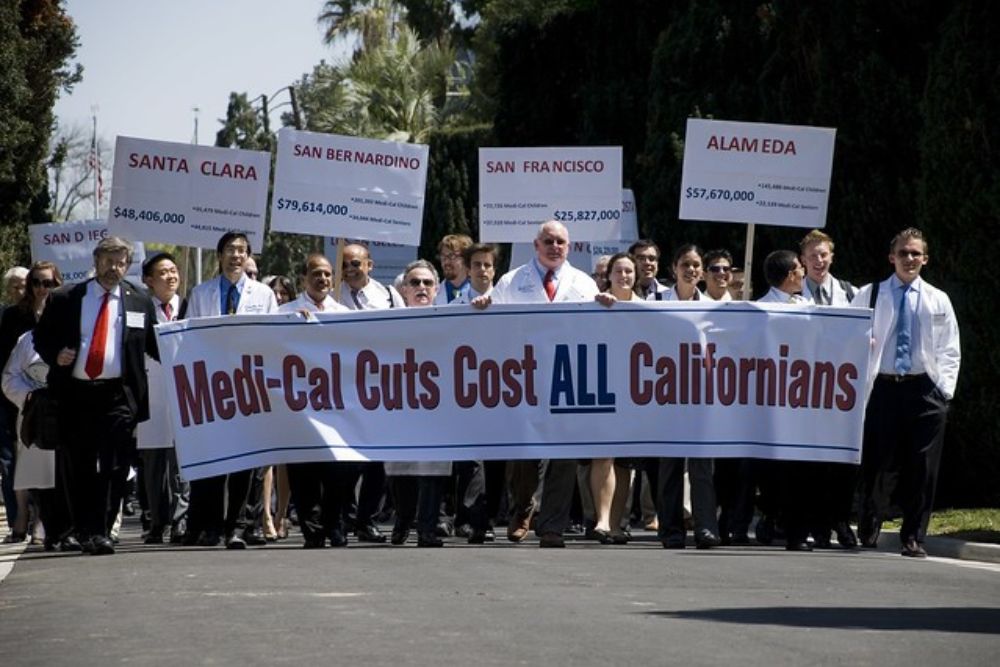
California contains more registered Republicans than most entire states, along with independent voters who don’t fit neatly into any political category. Rural counties often lean conservative while urban areas trend liberal, creating a political landscape far more complex than election maps suggest.
The state’s size means it basically contains several different political regions that happen to share the same governor.
Like Travel Pug’s content? Follow us on MSN.
There Are No Seasons
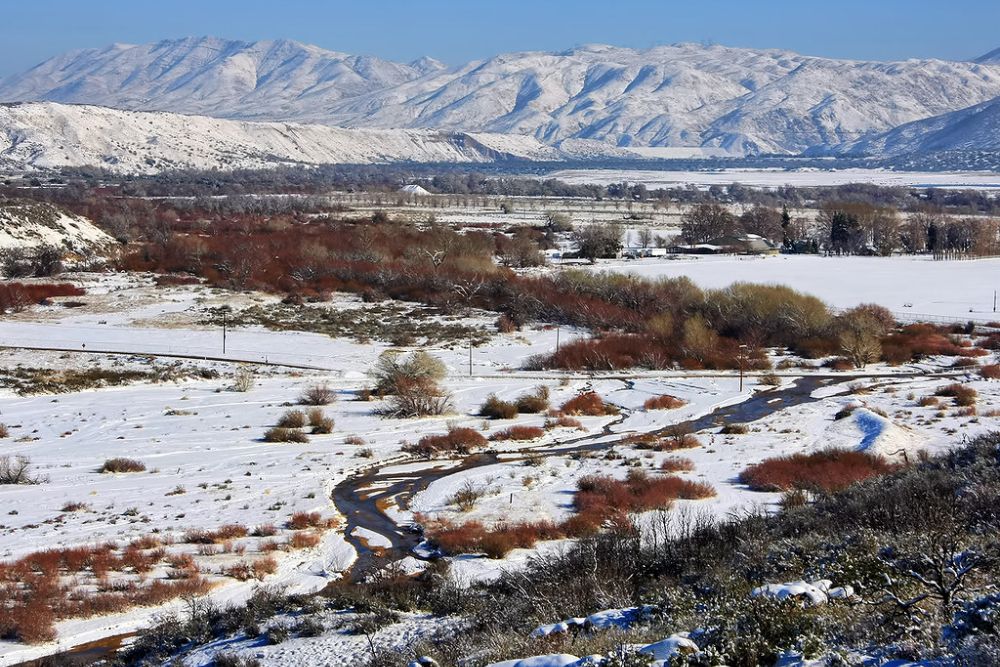
California seasons just don’t follow the same script as the rest of the country. Instead of spring flowers and fall leaves, many areas experience wet winters, dry summers, and dramatic temperature swings that locals learn to navigate with layers of clothing.
Mountain regions get heavy snow, while desert areas might see 20-degree temperature differences between day and night throughout the year.
Everyone Works in Tech or Entertainment

Most Californians work normal jobs in education, healthcare, agriculture, and manufacturing industries that exist in every state but rarely make the news. The Central Valley produces more food than entire countries, while ports in Los Angeles and Long Beach handle shipping that keeps the national economy running.
Tech and entertainment grab attention, but they employ a tiny fraction of the state’s workforce.
You Can’t Survive Without a Car
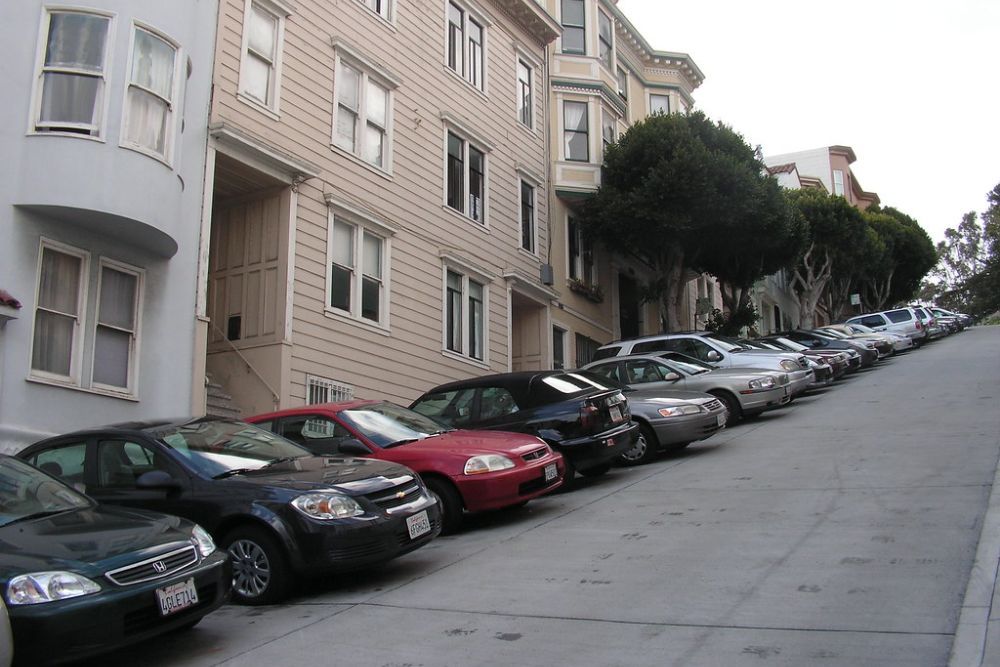
Cities like San Francisco offer public transportation that works, while smaller communities throughout the state remain perfectly walkable for daily needs. Many college towns and historic city centers were built before cars dominated urban planning, creating neighborhoods where residents walk to grocery stores, restaurants, and work.
The car-centric reputation comes mainly from Los Angeles, which doesn’t represent the entire state’s transportation reality.
Like Travel Pug’s content? Follow us on MSN.
Everyone Is Health-Obsessed and Vegan
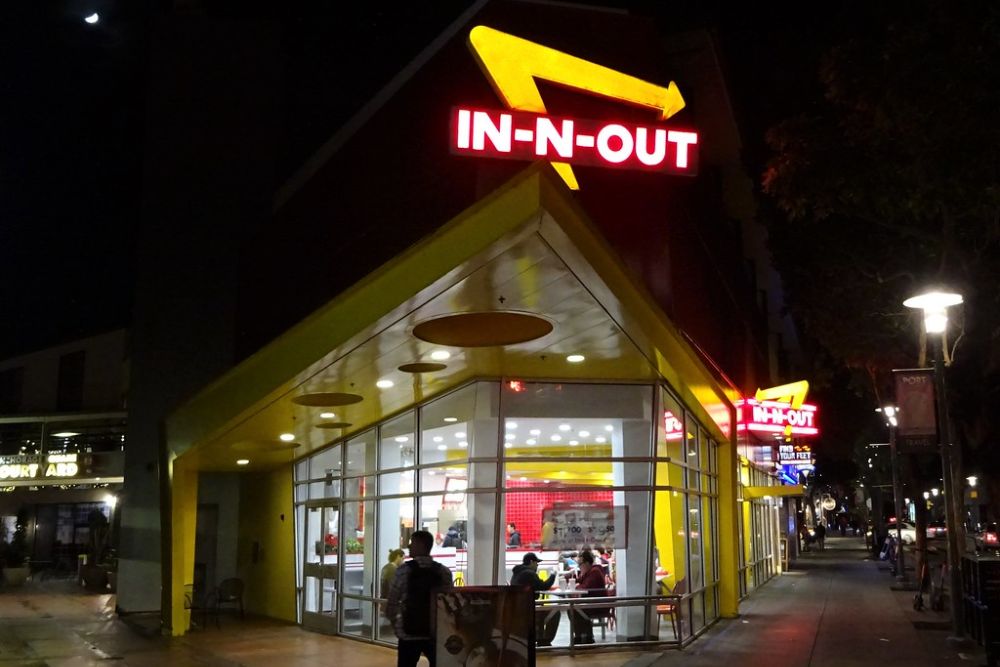
California contains plenty of people who consider fast food a major food group and wouldn’t recognize quinoa if it introduced itself personally. Rural areas especially maintain traditional meat-and-potatoes cultures that haven’t been touched by wellness trends from coastal cities.
The health-conscious stereotype mainly applies to specific neighborhoods in specific cities, not the entire state.
All Beaches Have Perfect Weather
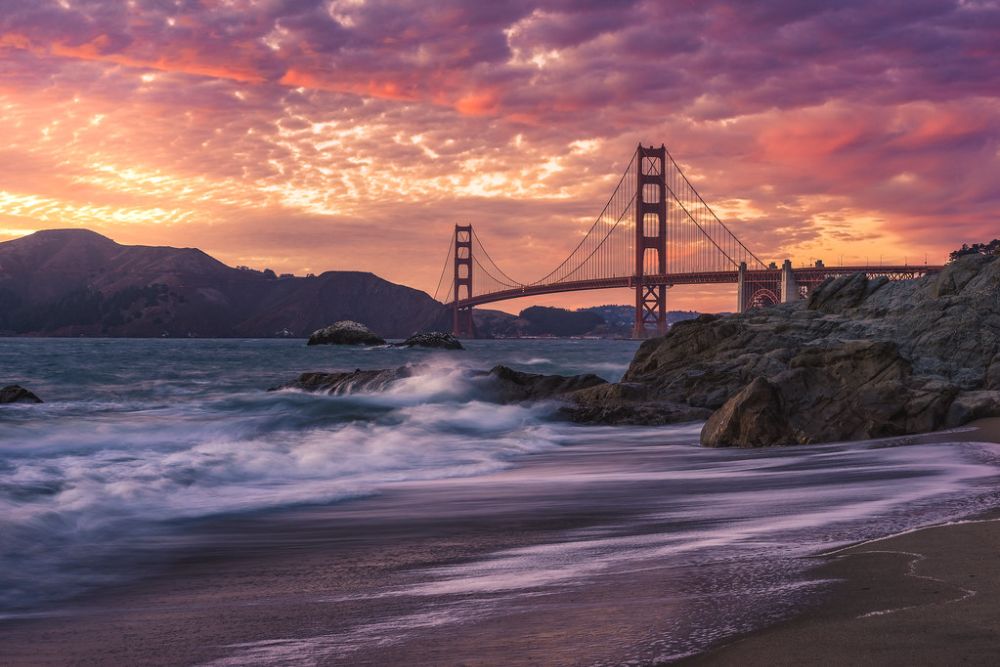
California’s coastline stretches through multiple climate zones, from foggy Northern California beaches where you need a jacket in July to desert-adjacent Southern California spots that can hit 100 degrees. Many coastal areas stay surprisingly cool year-round thanks to marine layers and ocean breezes that make summer afternoons feel more like spring.
Beach weather varies dramatically depending on location and season.
Earthquakes Happen Constantly
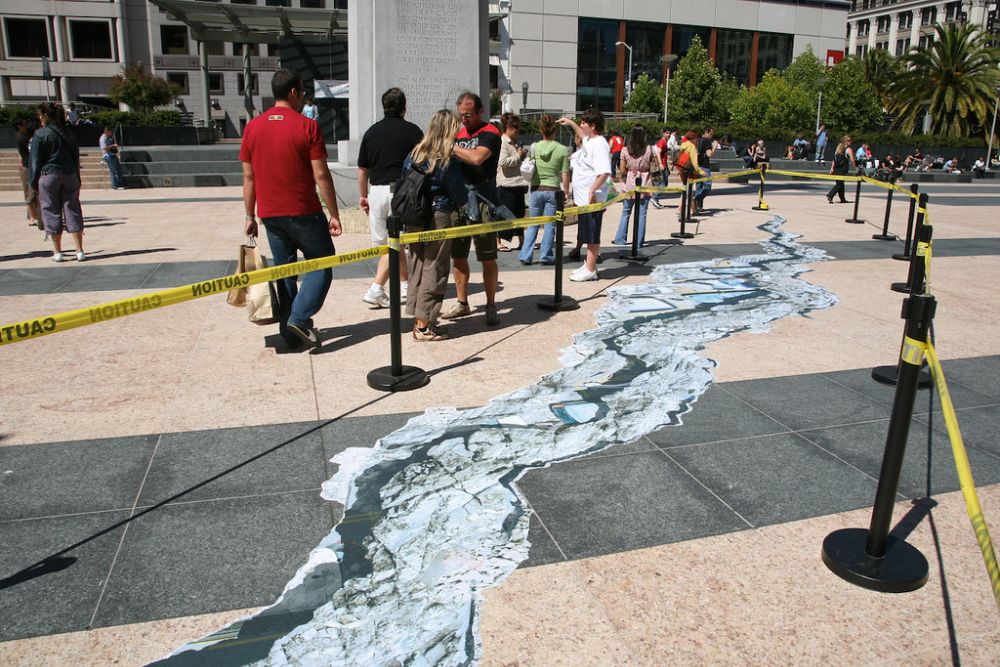
Most Californians go months or years without feeling any earthquakes, and when they do occur, they’re usually minor tremors that barely register unless you’re sitting still. The major earthquakes that make international news happen rarely enough that many residents have never experienced a truly damaging one.
Daily life proceeds normally without people constantly worrying about the ground shaking.
Like Travel Pug’s content? Follow us on MSN.
Everyone Drives a Convertible
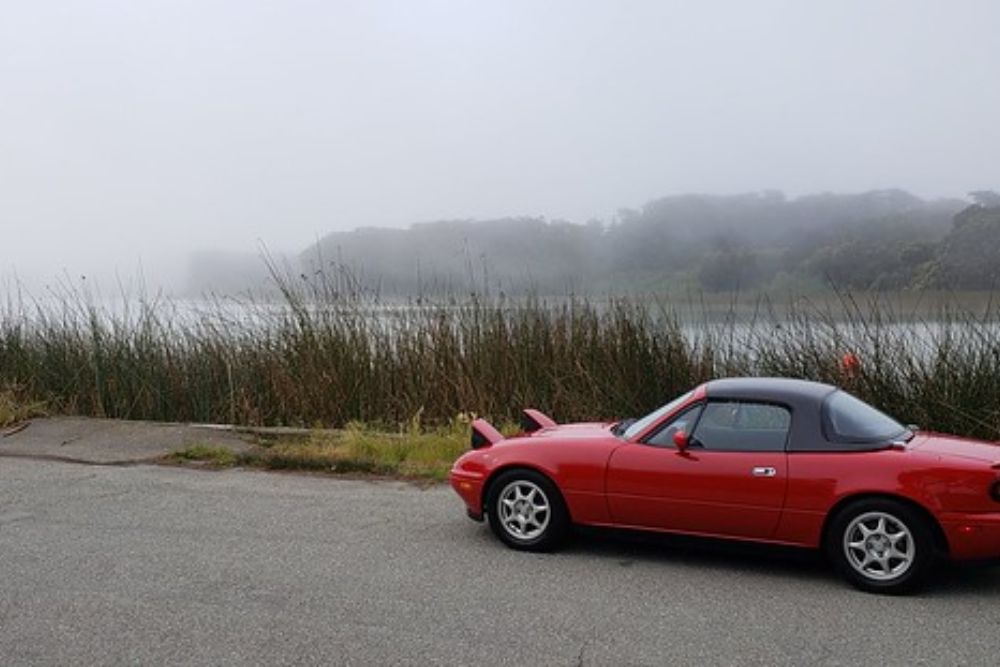
California parking lots look remarkably similar to parking lots everywhere else, filled with practical sedans, SUVs, and pickup trucks that have nothing to do with beach culture. Convertibles make less sense in many parts of the state where summer heat or winter rain would make them uncomfortable most of the year.
The convertible image comes from a few specific areas and ignores the practical vehicle choices most residents make.
The State Is Falling Into the Ocean
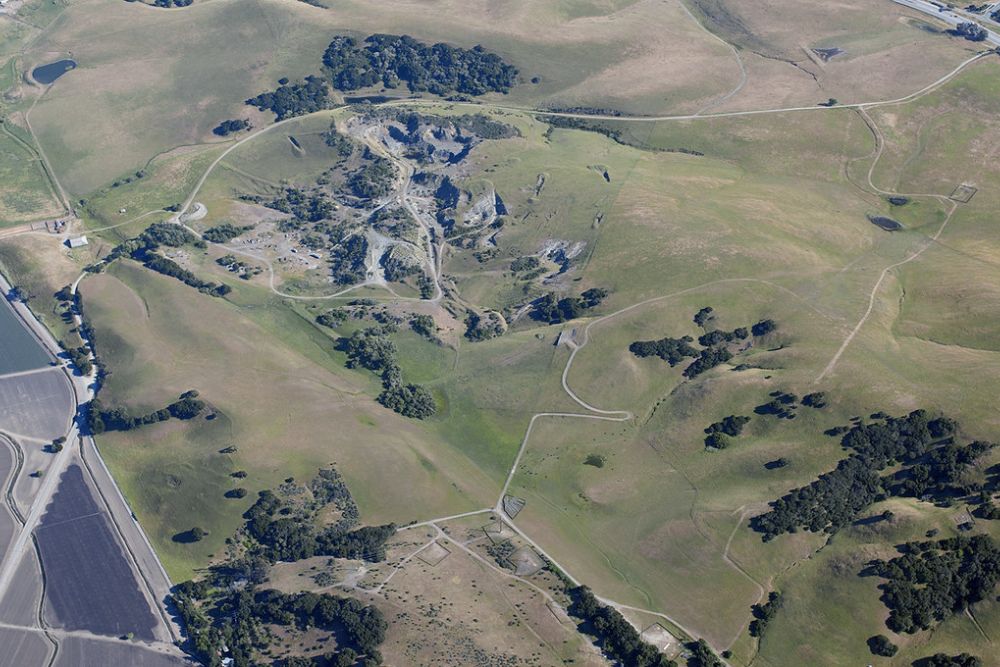
Geological reality doesn’t support the dramatic imagery of California sliding into the Pacific during the next big earthquake. The San Andreas Fault moves horizontally, not vertically, meaning Los Angeles is slowly creeping toward San Francisco rather than sinking beneath the waves.
This myth persists despite being completely contradicted by actual science about how tectonic plates function.
There’s No Real Culture or History
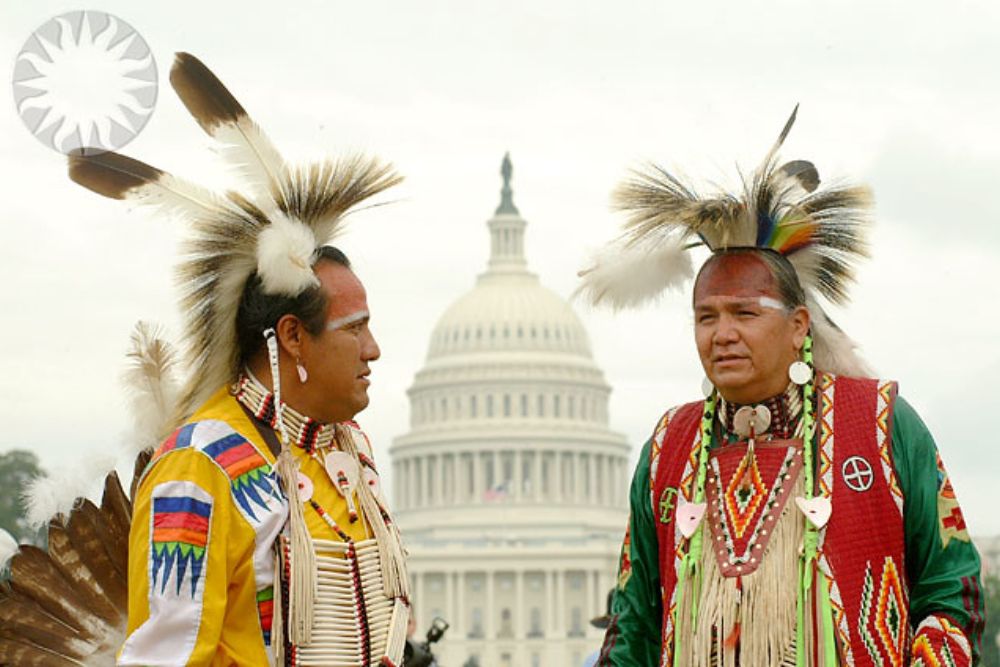
California contains some of the oldest continuously inhabited places in North America, along with Spanish missions dating back centuries and Gold Rush towns that preserve Wild West history. Native American tribes maintained sophisticated cultures here for thousands of years before European contact, while immigrant communities have created rich cultural traditions that span generations.
The state’s relative youth compared to East Coast cities doesn’t mean it lacks authentic cultural depth.
Like Travel Pug’s content? Follow us on MSN.
Everyone Is Fake and Superficial
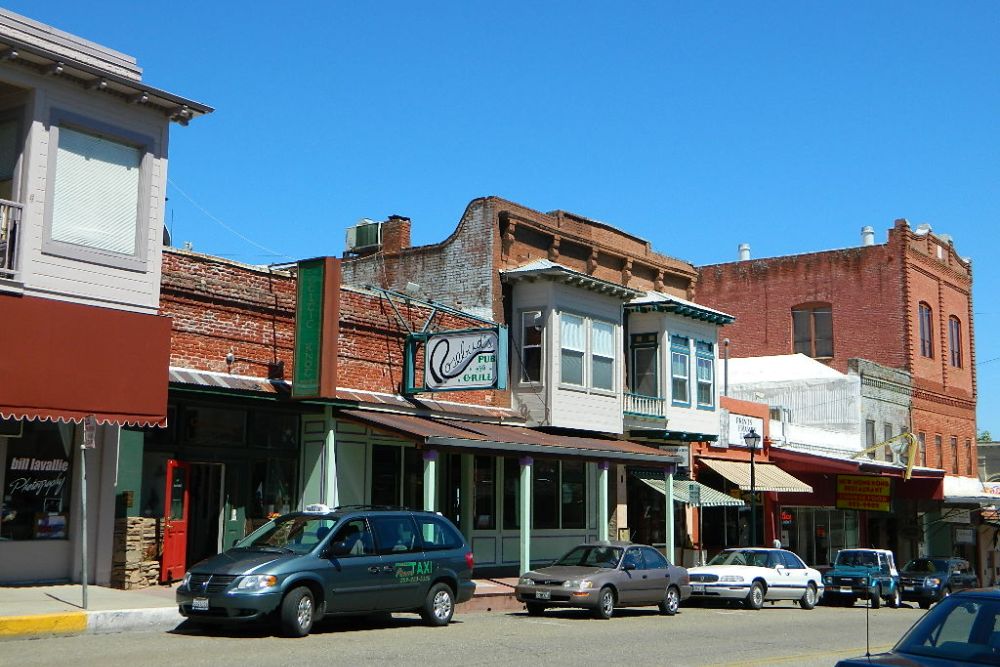
This stereotype may apply to certain circles within the entertainment industry, but most Californians lead regular lives focused on family, work, and community, just like people everywhere else. Small towns throughout the state maintain the same neighborly values found in rural areas nationwide, while urban communities develop close-knit bonds based on shared interests and backgrounds.
The ‘fake’ reputation mainly comes from limited exposure to very specific social scenes.
It’s All Beaches and Palm Trees
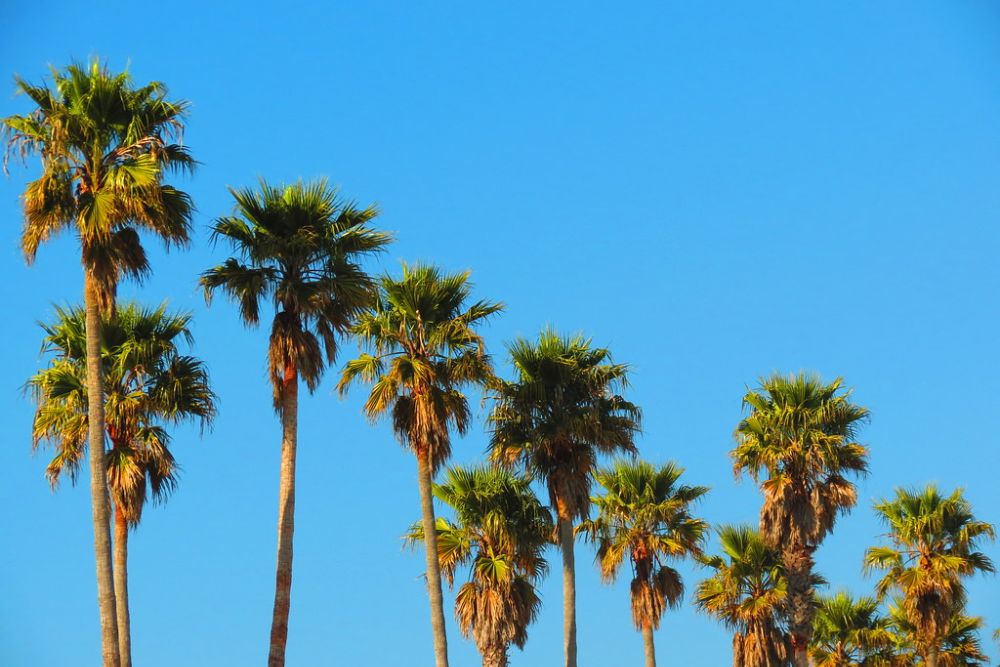
Much of California looks more like Wyoming or Arizona than the tropical paradise shown in movies. The Sierra Nevada mountains contain some of the highest peaks in the continental United States, while the Central Valley resembles Kansas more than Hawaii.
Desert regions, pine forests, and grasslands cover far more territory than coastal areas, creating landscapes that would surprise visitors expecting endless beaches.
You Need to Be Rich to Live There
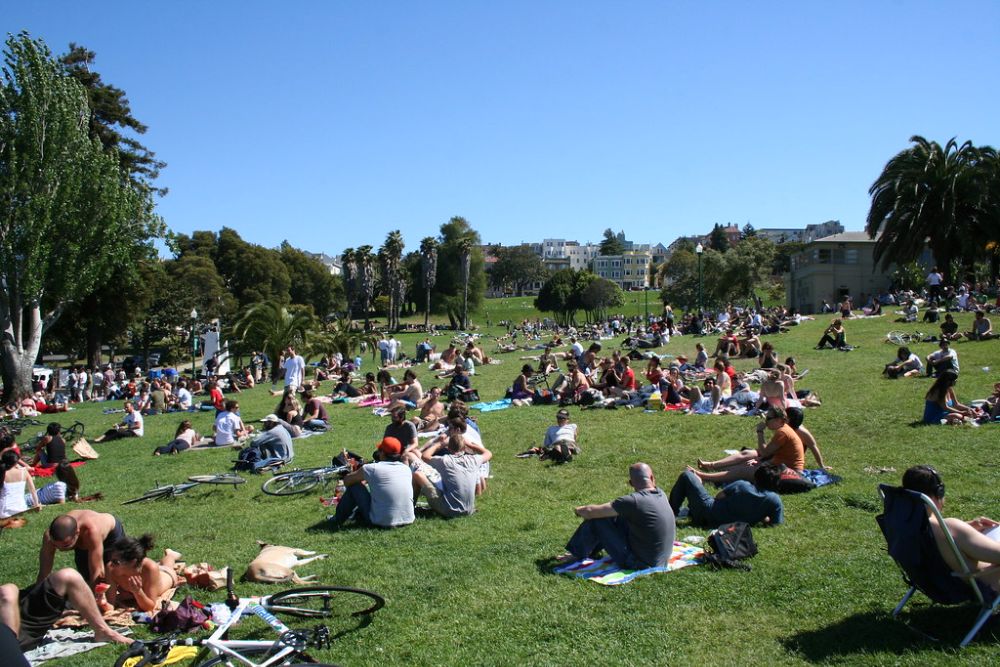
Plenty of working-class families build comfortable lives throughout California by choosing locations and lifestyles that match their budgets rather than chasing expensive coastal dreams. Teachers, firefighters, and retail workers find ways to make it work by living in affordable areas and prioritizing different things than the luxury lifestyle portrayed in the media.
The key is understanding that California contains economic diversity, just like any other large state.
Like Travel Pug’s content? Follow us on MSN.
Everyone Is Celebrity-Obsessed
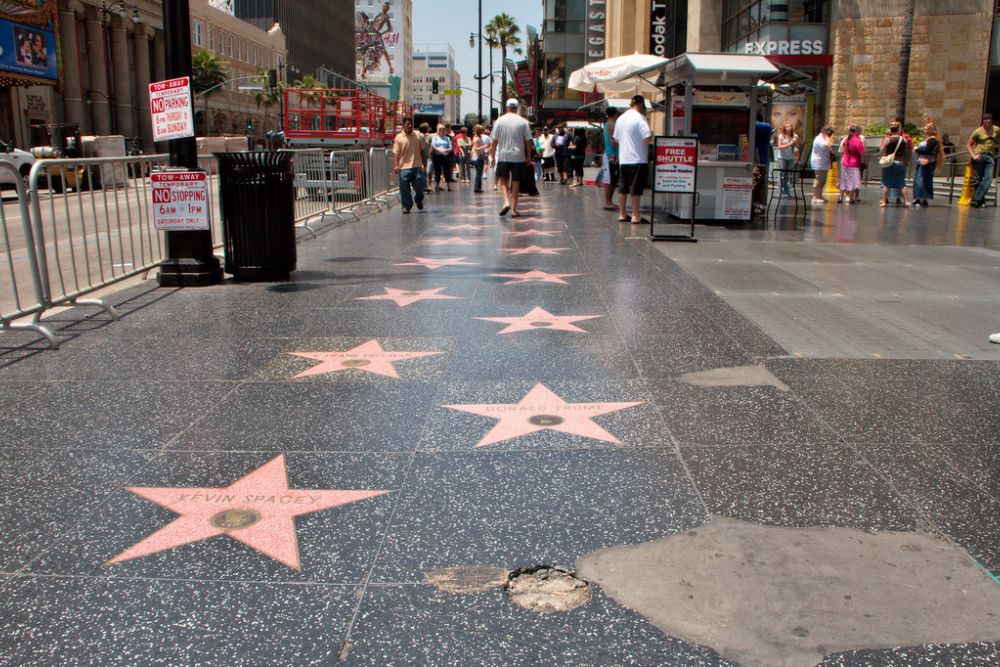
Most Californians pay about as much attention to celebrity culture as people in Ohio or Texas, which is to say they might glance at entertainment news but don’t organize their lives around it. Even in Los Angeles, celebrity sightings are rare enough to be noteworthy rather than routine, and most residents have their careers and interests that don’t involve famous people.
The celebrity obsession exists mainly in specific industries and social circles.
All Food Is Expensive Health Food

California produces more diverse agriculture than almost anywhere on Earth, creating access to affordable fresh food that many other states can only dream about. Mexican, Asian, and European immigrant communities have established authentic food traditions that prioritize flavor and value over trendy health claims.
The expensive health food stereotype ignores the incredible variety and affordability of real California cuisine found outside touristy areas.
There Are No ‘Real’ Americans
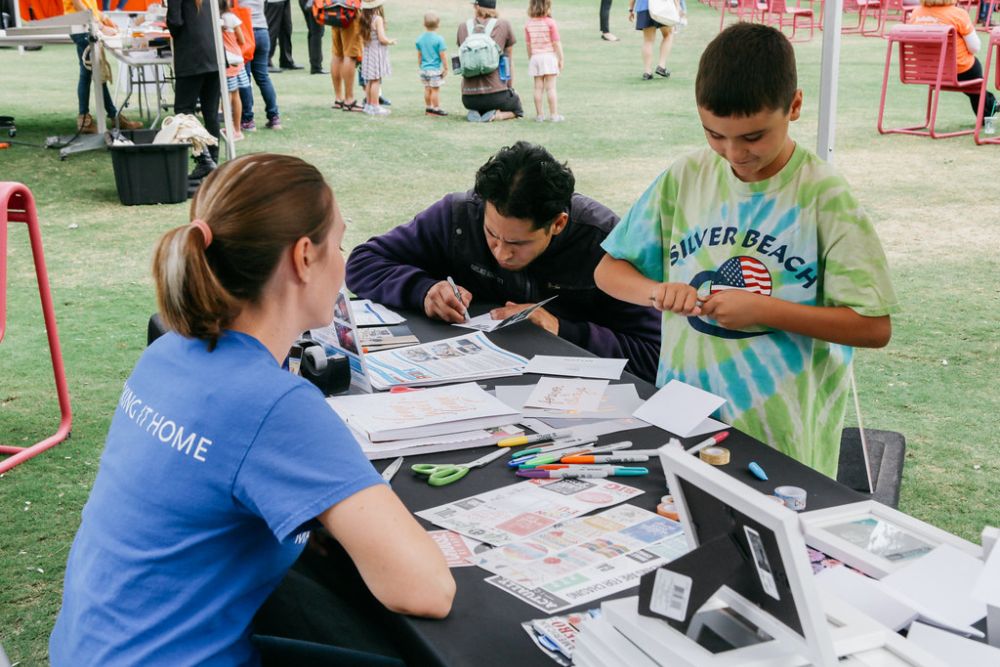
California contains military bases, farming communities, and small towns that embody traditional American values just as much as anywhere in the heartland. The state’s diversity includes plenty of families whose roots go back generations, along with veterans, small business owners, and community volunteers who contribute to civic life in ways that don’t make headlines.
Geographic location doesn’t determine authenticity or patriotism, despite what political rhetoric might suggest.
Like Travel Pug’s content? Follow us on MSN.
Setting the Record Straight

These persistent myths reveal more about America’s relationship with California than they do about the actual state itself. The real California contains the same mixture of ordinary people, diverse communities, and complex realities found everywhere else, just spread across a landscape large enough to contain multiple climate zones and economic regions.
Understanding the difference between California’s image and its reality helps everyone appreciate both the state’s genuine qualities and the limitations of stereotypes that reduce 40 million people to a handful of Hollywood clichés.
More from Travel Pug

- 20 Best Beach Towns in the Carolinas
- 13 Destinations Where Tourists Regularly Regret Their Trip
- 20 Things You Actually Get in First Class
- 20 Small Airports With Aviation Museums
- 20 Places in the U.S. That Are Perfect for a Reset Trip
Like Travel Pug’s content? Follow us on MSN.
